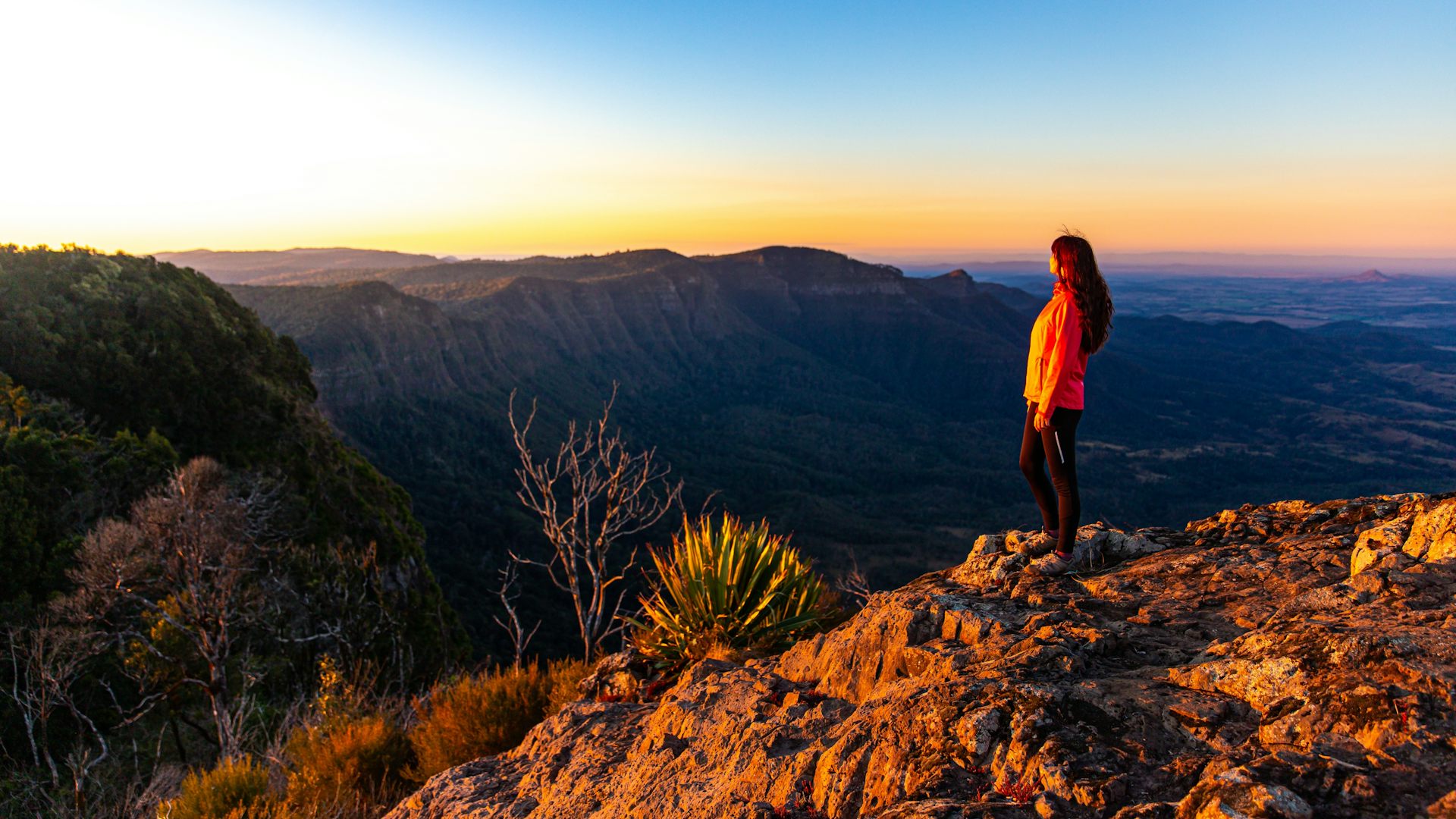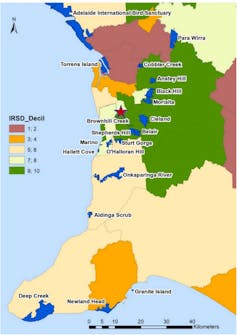‘a Dose Of Nature’: Each Time You Visit A National Park, You Save The Health Budget Almost $100

Jakub Maculewicz, Shutterstock
Visiting a national park is good for our health and wellbeing. But the benefits are not shared equally across the community. Often the people who need it most are least able to access a high-quality dose of nature.
We wanted to quantify the benefit to the health system, in dollar terms. After all, health budgets are steadily growing while urban green spaces with high biodiversity are often degraded and squeezed by development.
Our new research puts a dollar value on the health benefits of visits to national parks within reach of the city of Adelaide in South Australia. We estimate every visit saves the health budget almost A$100 ($96).
Scaled up across the country, this means the 22 million day trips to national parks in 2019 could shave more than $2.1 billion off the nation’s health bill every year. This estimate assumes visits and benefits are similar across the country. It can pay to look after nature.
How did we estimate this?
Past research shows spending time in nature may reduce stress, depression, anxiety, obesity, type II diabetes, heart disease and lung disease. The health benefits of access to green space are often cited to support the conservation of biodiversity, particularly in cities.
But it’s hard to calculate the economic value of these benefits. There’s a lack of data on the number of people who benefit and it’s difficult to estimate how big the benefit is. For instance, how do you calculate the “dosage” of urban green space as a health treatment and measure the amount of health gained from a given dose?
To find out more, we examined the health benefits of access to nature in 20 national parks within 60 kilometres of central Adelaide over the 2018–19 financial year.
 Study sites (royal blue) relative to the Adelaide general post office in the city centre (starred).
Author provided
Study sites (royal blue) relative to the Adelaide general post office in the city centre (starred).
Author provided
To work out how many people visited each park, and how far they travelled to get there, we used de-identified mobile phone “ping” data.
A ping is what happens when one of the apps on your phone sends a message to the nearest phone tower to check for updates. We obtained app ping data for each of the 20 national parks, which gave us the result of 1.45 million visitors over the 2018–19 year.
We combined the ping data with information from a survey of more than 1,000 park visitors about attitudes towards and use of South Australian parks. It was also combined with general Australian Institute of Health and Welfare data on South Australia’s population health.
We then estimated a health benefit from access to parks for citizens across various socioeconomic groups.
To work this out, we compared self-reported health rating data from people who did or did not visit these parks. This showed people who visit parks are much more likely to report their health as “very good” or “excellent” compared to those who don’t. We also looked at the shifts in health status for different socioeconomic groups.
We were able to control for the differences in underlying health of the people who answered the survey. This gave us a result: the difference in positive self-reported health between park visitors and those who don’t visit was between 2% and 5%.
We then used 2018-19 data on the cost of treating ten categories of major long-term chronic disease – such as diabetes, arthritis and cancer – to estimate savings to the health budget.
How much good does a visit do?
We analysed the health benefits of more than 1.45 million visits to national parks during the course of our study.
We found access to these green spaces could be worth $140 million a year in reduced healthcare costs. This is equivalent to around 4% of the total South Australian healthcare budget.
Dividing $140 million by 1,453,271 visits works out to $96 per visit.
Access to nature is not equal
We found people living in lower socioeconomic areas have to travel about three times as far to visit a national park than people in higher socioeconomic areas.
As a result, people from lower socioeconomic areas tend to make fewer visits to national parks. We found the number of visits for people from these areas was about 20% of the number of visits from people in higher socioeconomic areas.
This means the share of health benefits flowing to people in relatively disadvantaged areas is much lower. Health problems can have a greater financial impact for relatively socioeconomically disadvantaged people. So this group stands to benefit most from increasing access to nature, with greater potential savings for the health budget.
Supporting equal access to nature (Green Adelaide)Spending on health and the environment
In total, Australia spent around $241.3 billion on health goods and services in 2021–22. That’s about $9,365 per person, on average. Health costs such as hospital spending continue to grow.
Commonwealth public hospital spending alone is expected to grow by $2 billion a year.
At the same time, spending on protecting nature makes up less than 0.1% of the Commonwealth budget and falls short of what Australians want. Almost all Australians (97%) want more action to prevent extinctions and more public investment to protect the environment and natural places (72%).
Our research suggests making nature more accessible by restoring urban biodiversity and increasing access to our protected areas can be a win for people, governments and the budget.
Health benefits for all
To fully realise and share these benefits, we need better integrated budgets which recognise how the natural world benefits our health and the broader economy. This requires being able to measure nature and our use of it in ways we have not been able to before.
Our research has attracted interest from policymakers in the recreation and wellbeing sectors. These sectors are becoming more prominent at the national level, as well as in South Australia, when it comes to valuing national parks and wildlife services.
As we come to better understand the relationships between contact with nature and health outcomes we stand a greater chance of investing well, and equitably, so everyone can benefit from improved physical and mental health.
Patrick O'Connor has received funding from the Australian Research Council, the South Australian, Victorian, New South Wales and Australian governments including the South Australian Department for Environment and Heritage. He is a board director of the Nature Conservation Society of SA, a committee member of the Restoration Decade Alliance and a councillor of the Biodiversity Council.
Adam James Loch has received funding from the South Australian Department for Environment and Water. He has also received ARC and ACIAR funds for both domestic and international projects.
John Maclean has received funding from the South Australian Department for Environment and Water.


